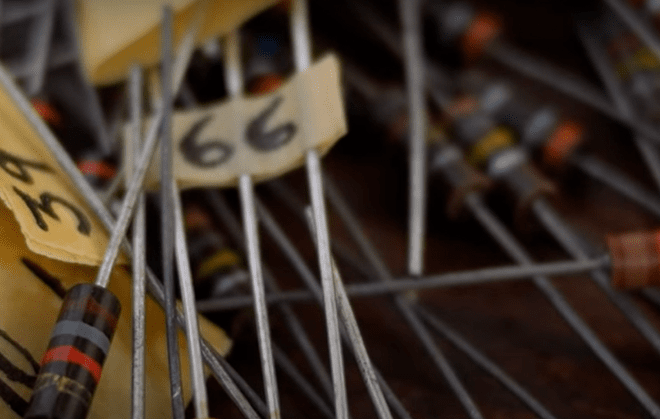A bleeder resistor is a typical resistor linked in parallel only with the filter system circuit’s capacitors to produce capacitor discharge.
If the capacitors are not thoroughly discharged, the person using them may get an electric shock. Perhaps the essential electrical hardware is the resistor.
They exist in various forms and dimensions, but their principal function is to prevent or restrict current flow in a circuit.
This resistance may be employed to generate heat, such as in electric lights and bulbs, or modulate the voltage level. The resistance level, expressed in ohms, is used to classify resistors. The greater the resistance rating, the greater they will oppose electricity flow.
In this article, we will learn all about bleeder resistors, how it works, and what are the main benefits.

How Does a Bleeder Resistor Work?
When the power is switched off, a bleeder resistor is utilized to empty the capacitors in the circuitry. This stops the capacitors from holding a charge and damaging the device when the power comes back.
The capacitor charges to its maximum value when the power is turned on. The electrolytic capacitor has still been charged after turning off the power source because it retains the initial charge.
If we contact just the capacitor, we will get an electric shock regardless of whether the power is turned off. As a result, we require a resistor to ensure that the capacitor discharges correctly once the power source is turned off.
As a result, a standard-value resistor is attached in conjunction with the capacitors, which aids in releasing once power is cut off.
You can also read: Crimp Connector Shop—WirefyShop: Your Best Choice When It Comes to Wire Connectors
Effective Voltage Control of a Bleeder Resistor
The bleeder resistor aids in the achievement of better and enhanced voltage control. Voltage regulation is defined as the ratio of the difference in voltage between no-load and full load to the maximum loading energy in the denominator.
Voltage regulation will improve if the range between no-load and full-load voltages decreases. The bleeder resistor is linked in conjunction with both the filter circuit’s capacitor and the load resistor.
Once you have a massive capacity in your circuit network, it might function as a charge reservoir. This might create voltage fluctuations when the load changes abruptly. You may bleed out part of the charge via a bleeder resistor to keep the voltage more steady.
Bleeder Resistor For voltage division
They are also utilized in voltage regulators to enable several voltage levels in a circuit. For example, if you wish to make a voltage divider with two distinct voltages, you may use a bleeder resistor.
The bleeder resistor is wired in line with one of the voltage splitter resistors. When the power is switched on, the capacitor charges, and the voltage is distributed among the two or more components that are all linked together.
The Advantages of Using a Bleeder Resistor
The most crucial factor to contemplate is the resistor value. This determines the quantity of electricity that passes through it and the voltage produced across it.
You must select a large enough amount to not negatively damage the circuit yet low enough to properly drain the capacitor.
The bleeder resistor is revealed to be a part that protects us from potentially disastrous consequences. Without a bleeder resistor, anybody operating with the wires may get electrical shocks.
You can also read: Panel Connectors – A Comprehensive Guide
A bleeder resistor is unquestionably an essential electrical part of electronic circuits. It is vital to have a thorough understanding of the components that play an indirect part in circuit functioning. This is how bleeder resistors can help us in our daily lives, and that is why we should implement them for our safety.
Would you like to read more about Bleeder Resistor-related articles? If so, we invite you to take a look at our other tech topics before you leave!










